If you’ve ever wanted to turn kitchen scraps into something beneficial for your garden, worm composting (also called vermicomposting) is one of the simplest and most rewarding ways to do it. In my backyard, my little team of red wigglers works day and night, quietly transforming food scraps and paper into some of the richest soil amendment you can find—worm castings.
These castings are often called “black gold” by gardeners, and once you see the difference they make in your plants, you’ll understand why. They add beneficial microbes, improve soil structure, and boost plant health naturally—no chemical fertilizers needed.
How My Worm Bin Works
I keep my worm bin in the shade and make sure the bedding stays moist but not soggy. Even in 100-degree weather, my red wigglers do well when cared for properly. Here’s my setup:
- Bedding: shredded paper, cardboard, brown packing paper, and sometimes a little sawdust (though they break down sawdust more slowly). I even add torn up egg cartons (the cardboard kind).
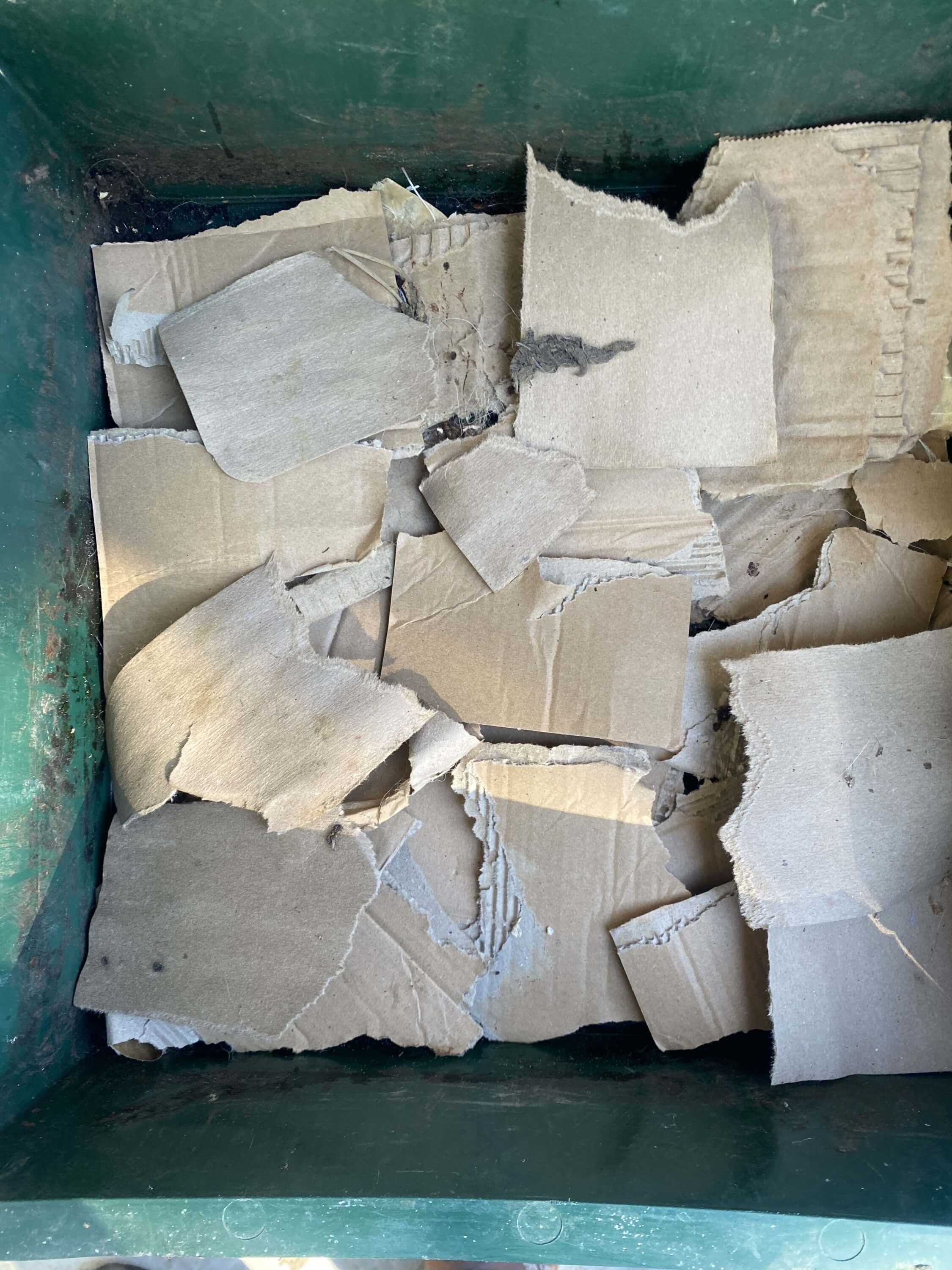 | 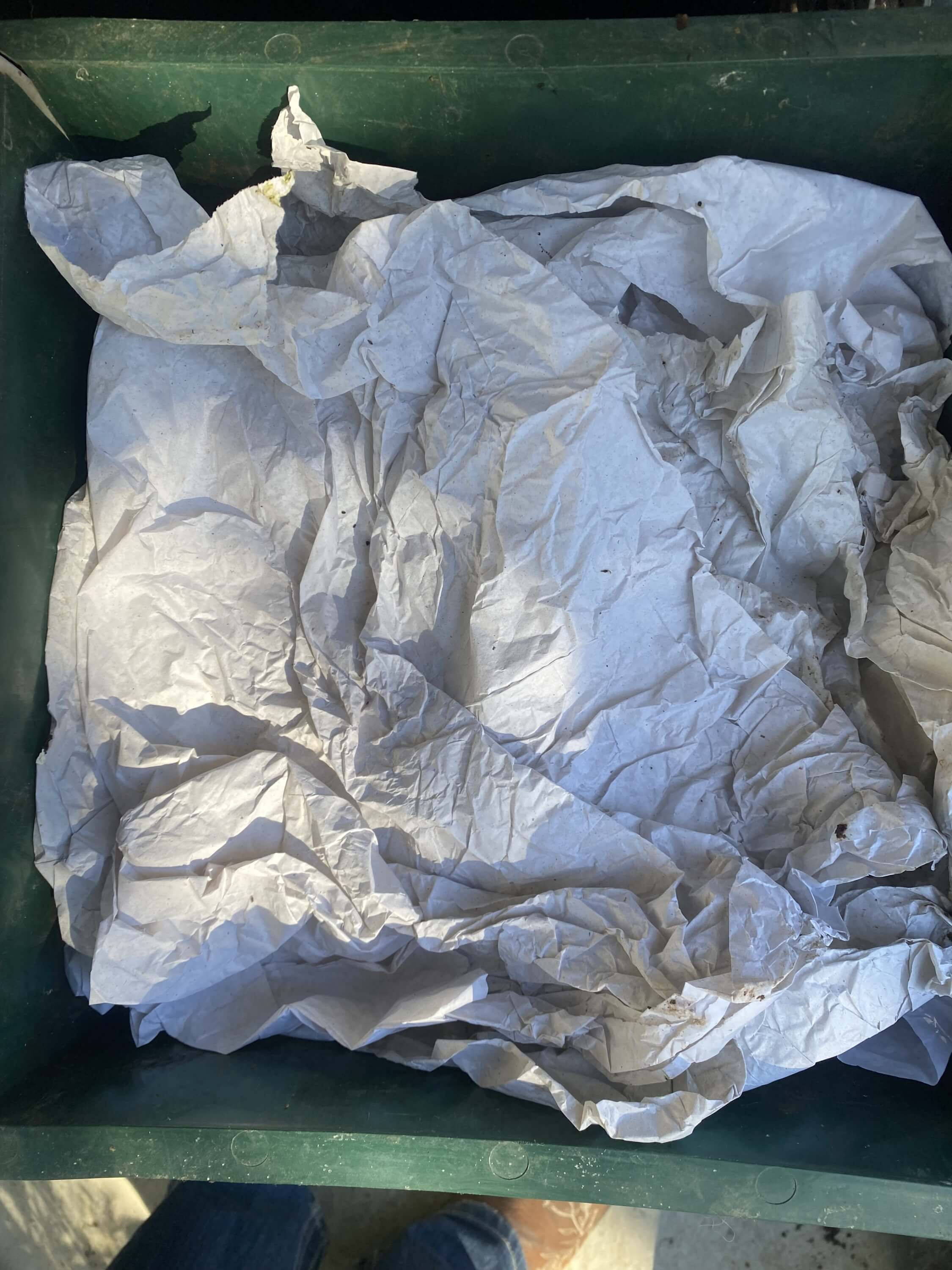 | 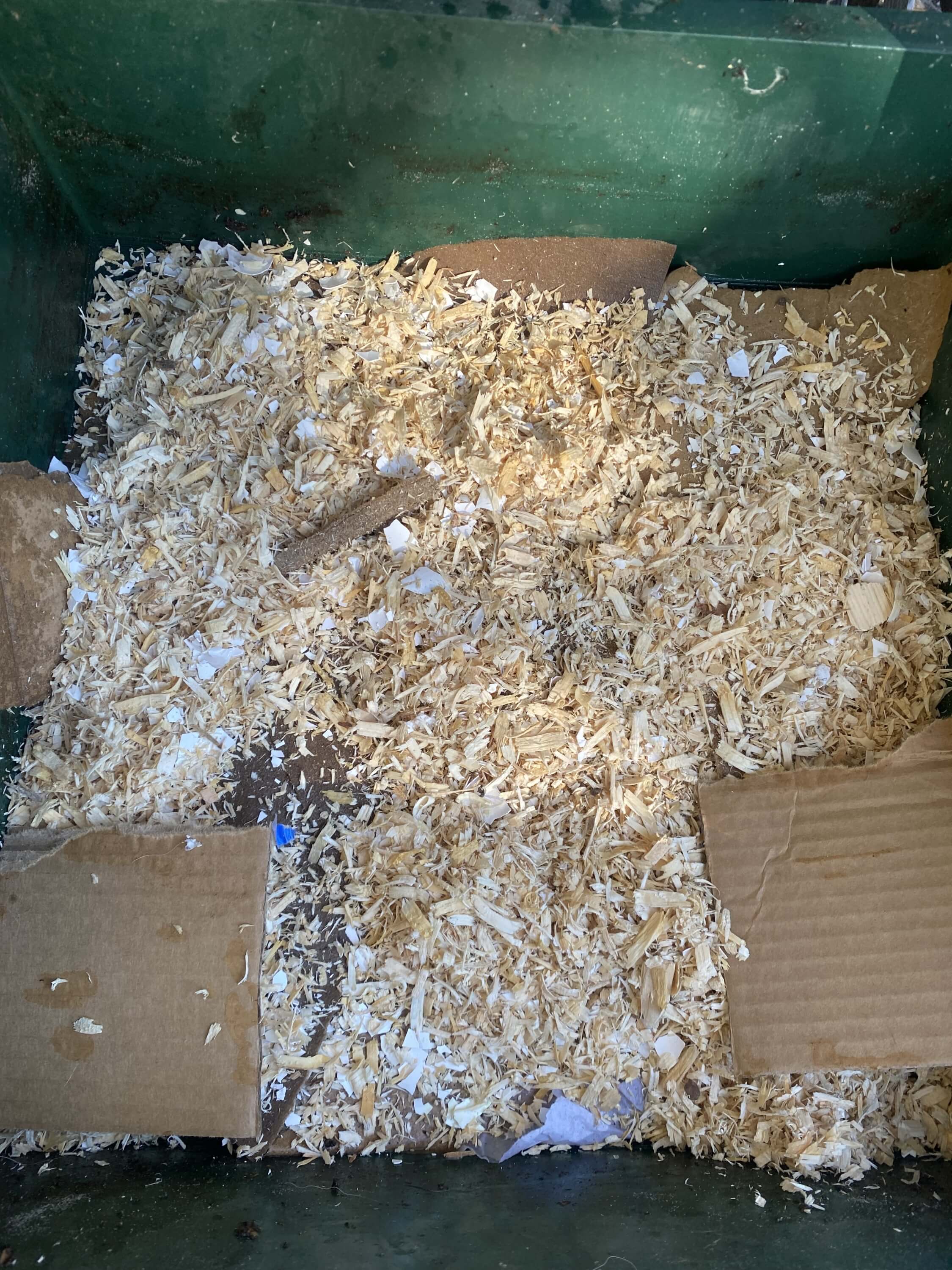 |
- Food: small kitchen scraps—think fruit and veggie peels, coffee grounds, and eggshells (crushed). The worms aren’t picky, but they work faster with smaller pieces.
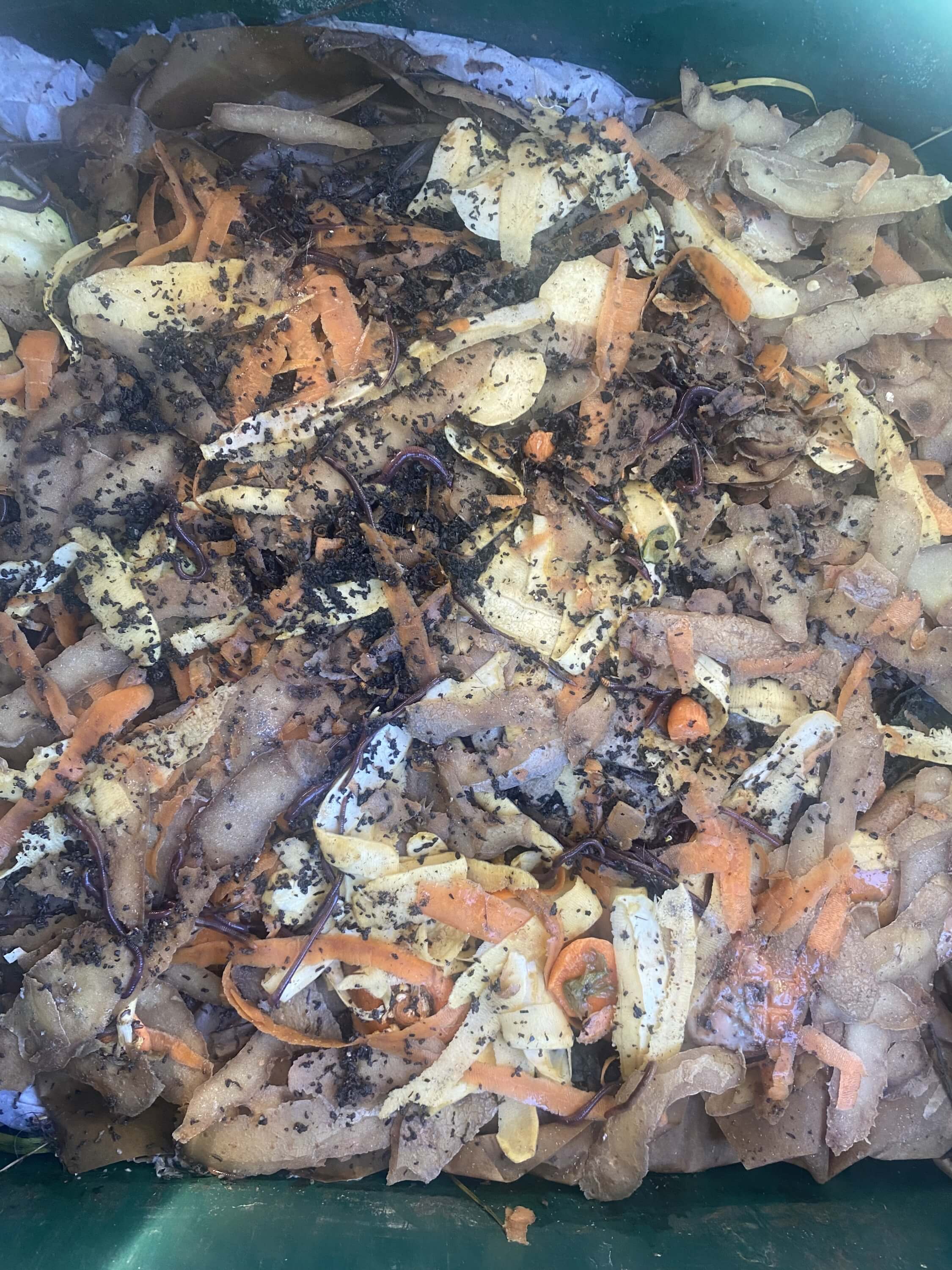 | 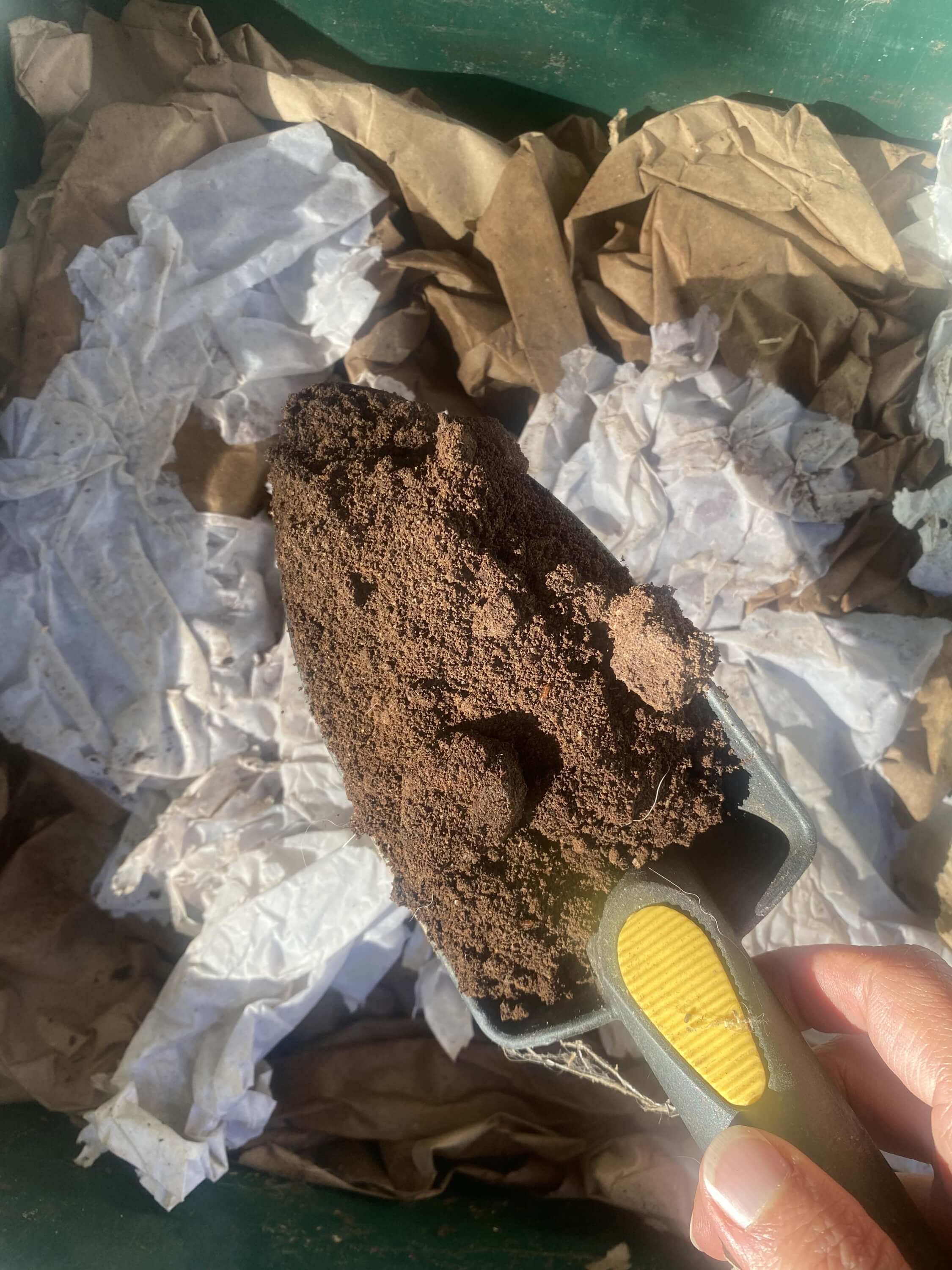 | 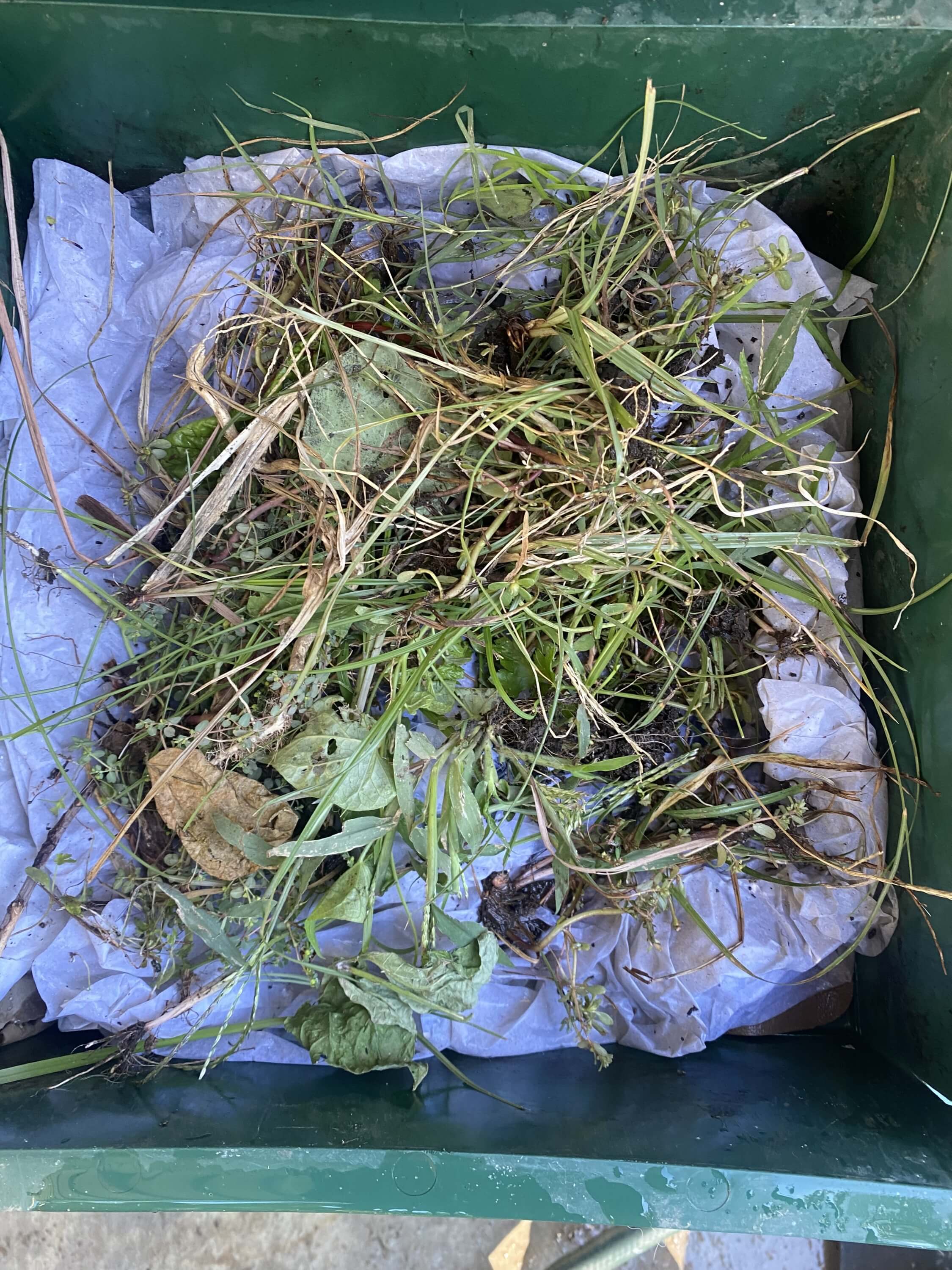 |
- Process: Once the worms have finished breaking down one bin, I place it on top, remove the lid, and let light do its work. Worms naturally avoid light, so they burrow deeper into the bin. That leaves me with beautiful, finished worm castings on top that I can scoop out and use in my garden. Then I refresh the bin with fresh bedding and scraps, and the cycle begins again.
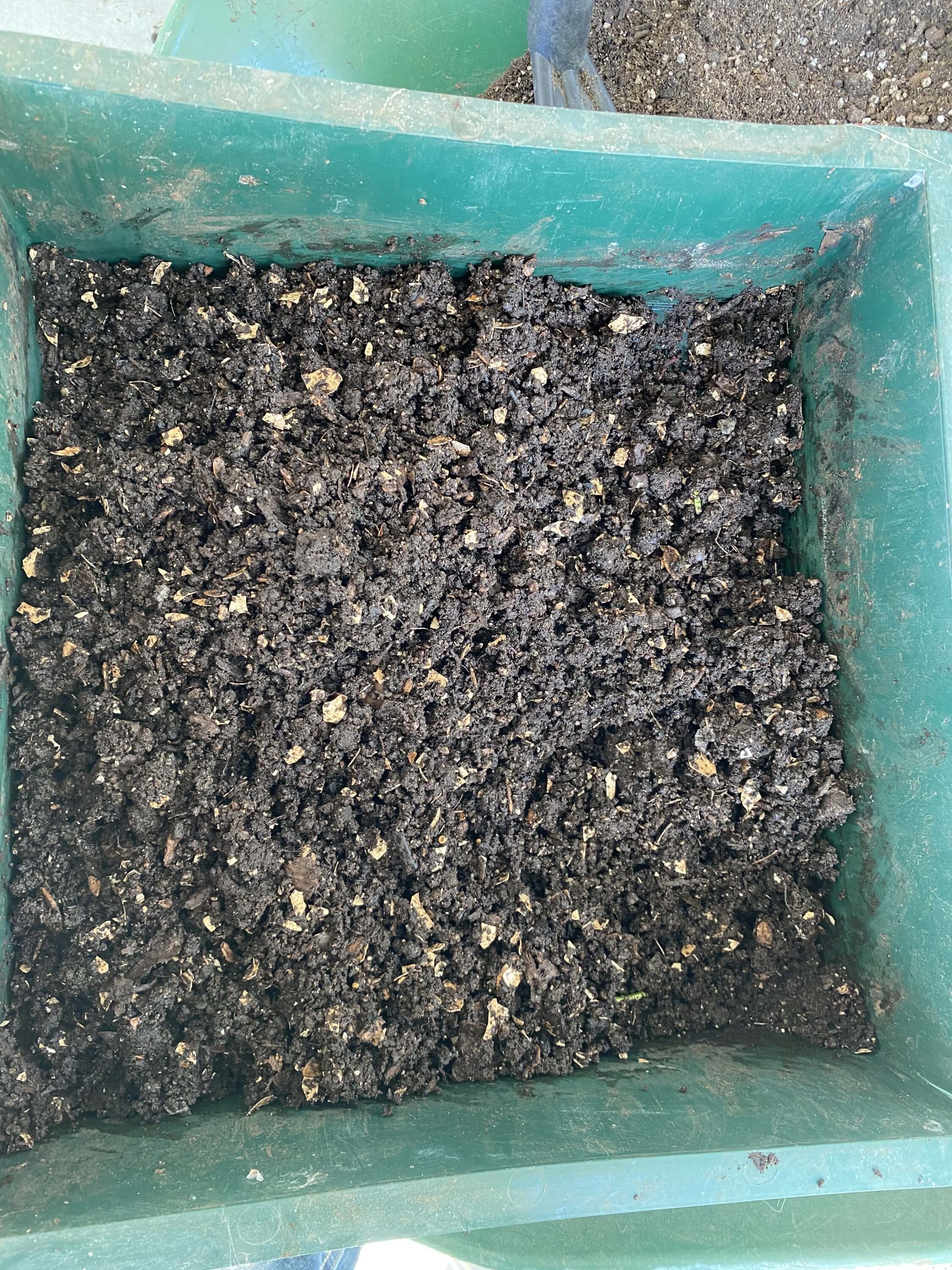
Tips for New Worm Farmers
If you’re just starting out, here are a few things to keep in mind:
- Red wigglers (Eisenia fetida) are the best worms for composting—they’re hardy, fast breeders, and love to eat!
- Keep it damp, not wet. Think of the consistency of a wrung-out sponge. Too much water can drown your worms.
- Avoid meat, dairy, and oily foods. Stick to plant-based scraps for happy, healthy worms. I also don't add members of the onion family simply because of the smell factor.
- Keep it cool (or shaded). Worms don’t love extreme heat or direct sun, so a shaded area is best.
A Fun Family Project
One of the unexpected joys of worm composting is how much kids love it. There’s something fascinating (and yes, a little funny) about keeping a bin full of worms that turn “trash” into treasure. Children get to see the full cycle of nature up close: scraps → worms → compost → thriving plants → food on the table.
It’s a hands-on science lesson, a sustainability practice, and a way to get the whole family excited about gardening. My kids love checking the bin, feeding the worms, and seeing the dark, crumbly compost we eventually add to the soil.
Why It’s Worth It
Every scoop of worm castings I add to my garden feels like an investment in healthier soil and stronger plants. Instead of throwing scraps away, I get to recycle them into something that nourishes our food and flowers. It’s a small daily practice with a big impact—on the garden, on the environment, and on my family.
If you’re looking for a simple, kid-friendly, and earth-friendly way to reduce waste and supercharge your garden, worm composting might just be your new favorite hobby.
My blogs contain some affiliate links.
Any purchase made is a blessing to my family at no extra cost to you!
Thank you for supporting us!






0 Comments